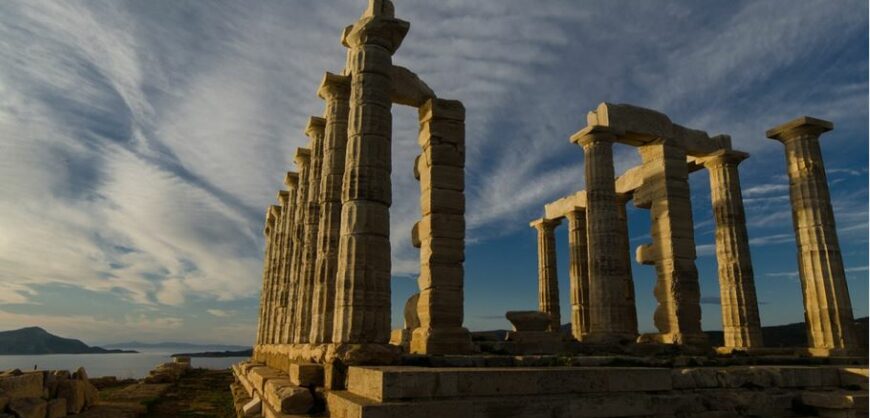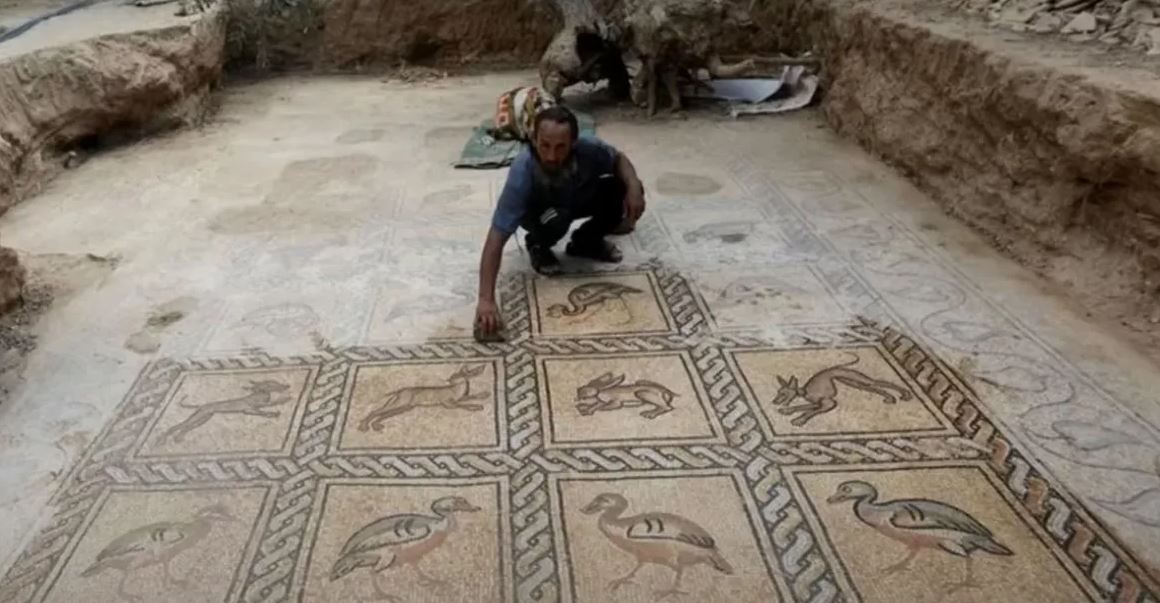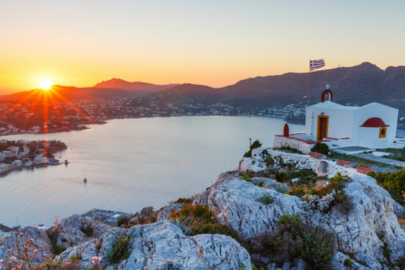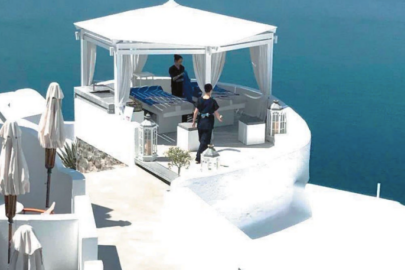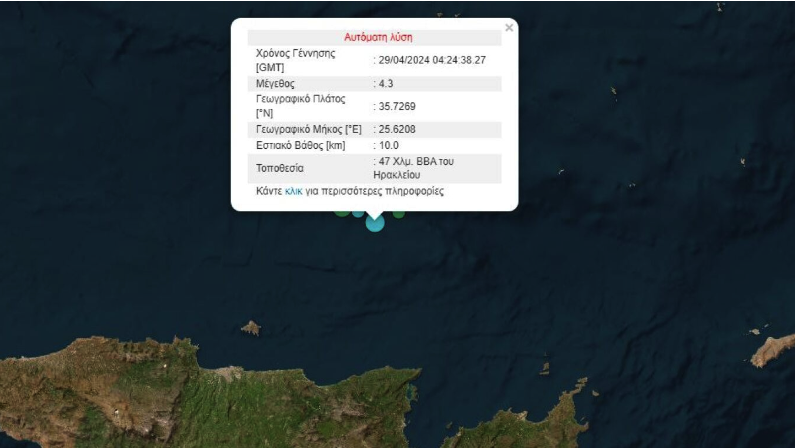The Sounio area, at the southernmost tip of the wider Athens region, attracts visitors from all over the world, lured by the Temple of Poseidon, as well as the beaches, nowadays being discovered by increasing numbers. Given the unusual autumn-like temperature one summer day in August when we visited the area, we decided to go to one of the region’s lesser-known yet just as fascinating locations, the Lavrio-Sounio National Park, where exceptional nature and technological history co-exist.
The Lavrio-Sounio National Park covers 3,500 hectares, of which 700 hectares is its heartland. This expanse has become the country’s smallest national park as a considerable section was ravaged by a major fire in 1985, just eleven years after the grounds had been classified a national park. Other fires have since also broken out in the wider area, but nature has managed to regenerate and preserve itself. The vegetation is a delightful Mediterranean mix of pines, kermes oaks and strawberry trees (arbutus unedo). But it is not the main reason why we recommend an excursion to this location, approximately 50 km from the centre of Athens. The main reason is linked to ancient activity in the area.
The Lavrio area’s mines operated here from as far back as approximately 3000 BC, up until the 1970s, with extended breaks in between. Metals such as lead and, primarily, silver, were extracted here during antiquity, a key factor behind the might of Ancient Athens. This area is more a geological park and an ancient technology museum than a forest.
more at travel.gr

